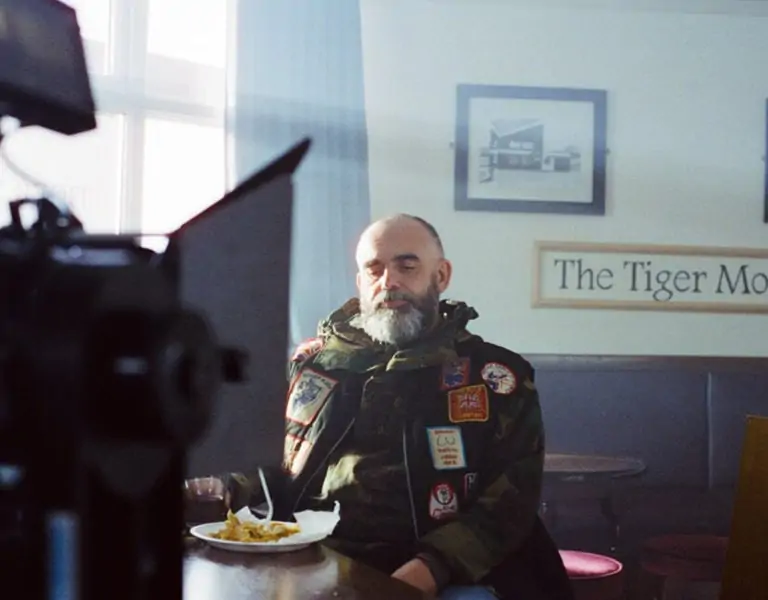
Triangle of Sadness, this year’s winner of the coveted Palme D’Or at Cannes Film Festival, is a satire on the world of the super-rich. Fashion model celebrity couple, Carl and Yaya, are invited to a luxury cruise for the uber-rich, run by a Marxist captain (Woody Harrelson), but the boat sinks, leaving the survivors on an island.
Swedish director Ruben Östlund also won the Palme D’Or in 2017 for The Square. For both films, Östlund collaborated with cinematographer Fredrik Wenzel and with post supervisor and co-founder of Tint, Vincent Larsson. Triangle of Sadness used DaVinci Resolve for the picture post workflow, conform and grade. Colourist Oskar Larsson at Tint had previously worked with Wenzel on HBO series We Are Who We Are.
There was no set look for Triangle of Sadness, but Ruben and Fredrik had in mind Hergés Adventures of Tintin. Fredrik describes the imagery as “archetypical: the island becomes the island, the lifeboat becomes the lifeboat. It was an approach we applied to the whole of the film. It’s not about us creating a 100 percent realistic scenario of people on a deserted island, it’s about finding the sweet spot where the audience get just enough to accept the premise.”

The production was shot using the Alexa Mini LF, with the Zeiss Supreme series. A Ronin gimbal was used extensively. Before principal photography began in 2020 on the 85-day shoot, Oskar and Fredrik reviewed camera tests and created a LUT. “We ended up tweaking the ARRI K1S1 a bit in terms of contrast and a slight temperature shift in the shadows and highlights to get more colour separation out of the LUT,” says Oskar.
As the shoot progressed (with Covid disruptions), Oskar experimented with a few key shots. They didn’t want it to look as if shot on film. “We didn’t want the colours to feel constrained or forced into a print emulation space, or the image to look too grainy or have too much contrast,” explains Oskar. “It was all about balance.”
“A key to finding the right tone for the film was a DCTL that helped me find the right density in the colours, especially the red tones (the film has a lot of life vests and sun burnt skin). We wanted the colours to feel intense but not digitally saturated.” He was particularly happy with the skin tones in one scene, where main characters Yaya and Carl are sunbathing on deck.

As well as directing and writing, Ruben is hands-on with VFX. “This project was extremely technical from the start,” says Oskar. “Almost every shot in the film had several video tracks, all in source resolution ARRIRAW. For us, to even be able to play the film back, the team at Tint had to use several techniques such as optimising media and the ‘Render in Place’ feature. That last one really saved me!”
Several features and functions in DaVinci Resolve came into their own, including Optimise Media, Render in Place, OFX effects such as Deflicker and Patch Replacer. “They really helped us finish this film in time and get it to the level of quality that we were after,” says Oskar. “Sometimes there’s simply not enough time to send shots out to the VFX team, and having these tools available in the colour suite is really valuable.”












